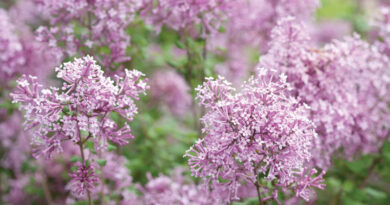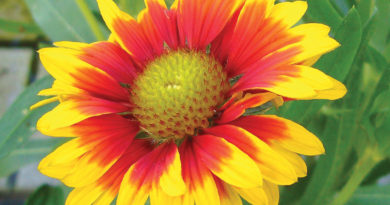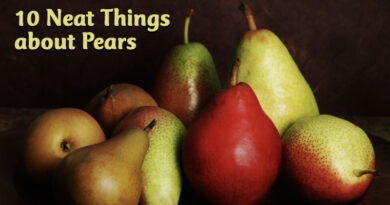Dutch Elm Disease
By Dorothy Dobbie
American elms and Dutch elm disease
The native elm bark beetle, Hylurgopina rupifes, and the smaller European elm bark beetle, Scolytus multistriatus, look for dead or dying elm wood in which to lay their eggs and give their larvae a start in life. All the beetles want to do is to find a weak and friendly American elm in which to mate. Chemically engineered to find likely targets by smelling them on the wind, the beetles are very good at detecting freshly cut wood and damaged or dead wood in which to mate and lay their eggs in galleries beneath the bark. The beetles are probably attracted to weakened or dead trees because their eggs cannot survive in healthy trees, which employ powerful chemical strategies to rid themselves of pests.
Frequently, the beetles carry the fungus that carries Dutch elm disease. The disease is spread when infected beetles feed on the living tissue in the crown of a healthy elm for a few days. They then fly back to the dying or weakened elm to tunnel and lay their eggs. This brief encounter is all it takes for a new tree to be infected with the fungus. Other beetles feeding on the same tree will pick up the fungus and spread it in turn.
The fungus works almost like an auto immune disease in humans; the tree reacts to the infection by trying to block the spread of the disease by producing gum and tyloses (bladder-like growths) in the xylem. The xylem is the mechanism that delivers water from the roots to the body and leaves of the tree. This plugging mechanism cuts off nutrients and water to the affected area, killing it.
The first sign of an infection is green, wilting leaves. It may look as though a few twigs in the crown have been damaged by wind or an animal, as the twigs grow limp and saggy. As summer progresses, the wilted leaves turn brown but continue to cling to the tree. Then the damage spreads rapidly downward in the tree, killing young tees in a single season. It may take a year to two to kill an older tree.
If the infection can be detected early enough, when less than five per cent of the crown is infected, there is still hope for the tree. The affected branch should be pruned 10 to 15 feet below the damage. The tree can then be inoculated with a fungicide which is injected into the root flares of the tree. However, you will need to repeat this procedure every two to three years. The fungus is very hard to eradicate and spreads quickly.
Some elm protection programs target the beetle; basal spraying of trees to kill off populations of H. rupifes, for example, but this strategy is not all that successful. At one time, banding with an application of Tanglefoot was promoted as a defence and it did get the wingless female beetles that were leaving the ground, where they aestivated, to capture them before they could reach the crown and mate, but this now considered ineffective as infected males can easily reach the crown. Trees Winnipeg no longer bands trees.
There are a number of inoculants that are now being employed to bolster the tree’s ability to fight the disease. They need to be reapplied every two or three years. Tracing, stripping the bark back to expose the fungus to the air which kills it, is another strategy that some arborists are using. Trees treated this way still need to be inoculated.
The number one preventative measure is to keep your tree healthy and to prune off any dead or dying branches 10 feet below symptoms. Do the pruning in winter when the beetles are inactive. Do not, under any circumstances, store elm wood, because it creates breeding places. And don’t transport elm wood, either. Don’t allow your trees to be weakened by drought. Water them when they need it and be generous. Water deeply, knowing that their feeder roots are likely in the top eight to 12 inches of soil, especially in clay based soils. Remember that the roots extend at least the width of the crown and much beyond so water accordingly. Occasionally, give your elms a good feed of mycorrhizal fungi and fertilizer. Healthy trees can better muster their own resources to fight off the fungus.
Scientists have been working to develop resistant trees for years. They have come up with the Liberty elm, Brandon elm (not vase shaped) and the Independence elm to name a few. However, the fungus has also been at work, mutating to protect itself. A very virulent strain called Ophiostoma nova-ulmi has been at work for a number of years.
At one point Winnipeg planted the weedy Chinese elm (Ulmnus parvifolia) and the Siberian elm (Ulmnus pumila) as being resistant to the disease. Both are fairly invasive and both are susceptible to Dutch elm disease. While Siberian elm is not as quickly killed by the disease and shows fewer symptoms, it can be a vector, infecting beetles that then spread the disease to American elms. Chinese elms are more resistant, but can harbour the disease as well.
This summer keep your eyes on the crown of your neighbourhood elms. If you see wilting, call your arborist immediately. Early action may help.






